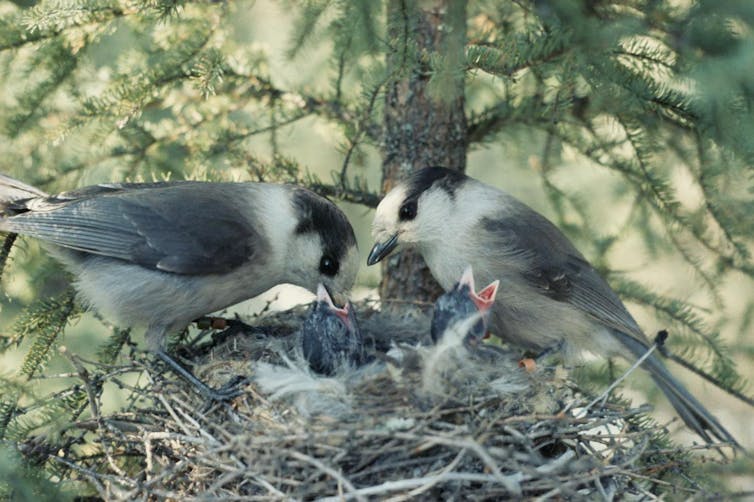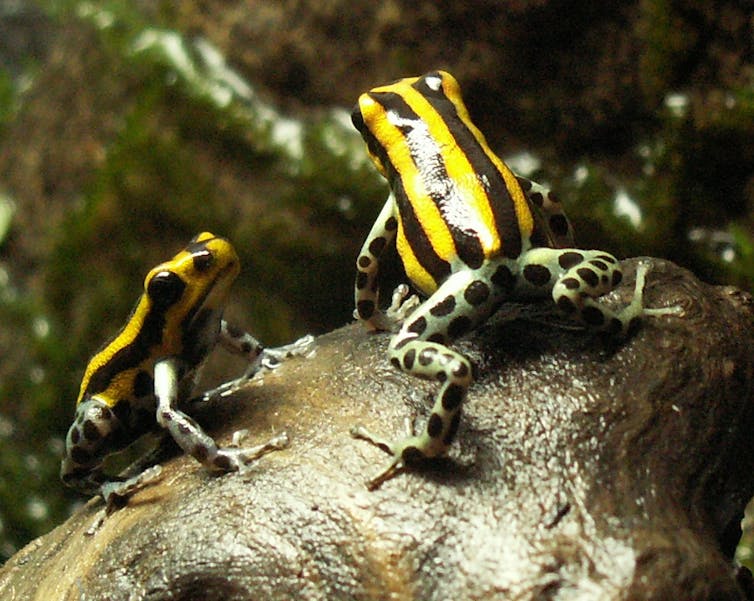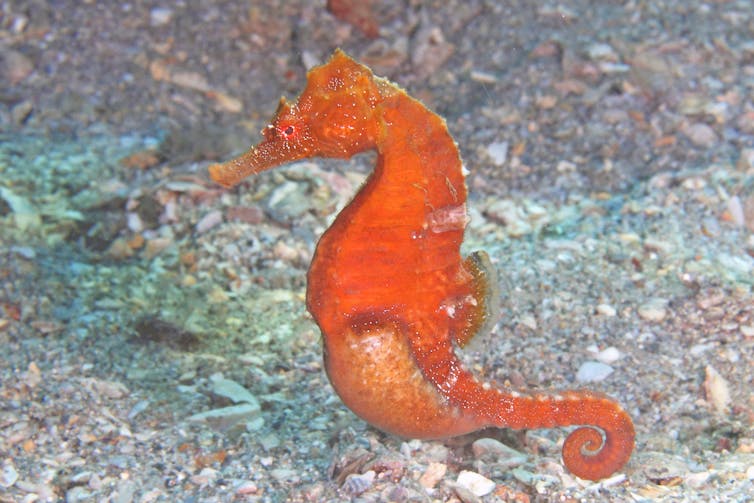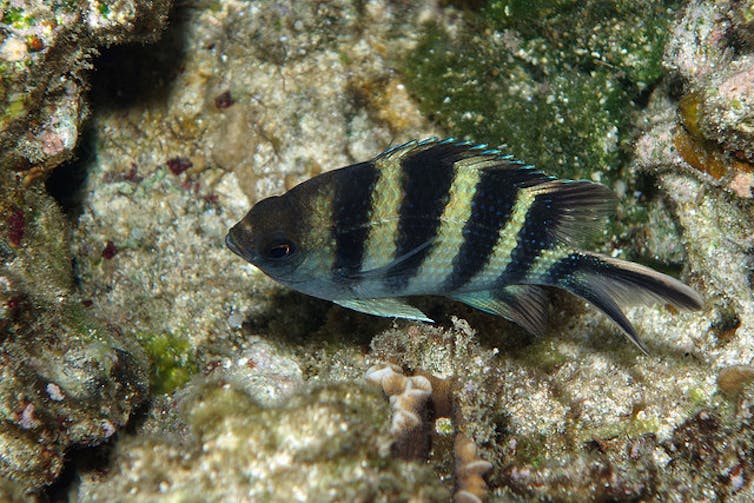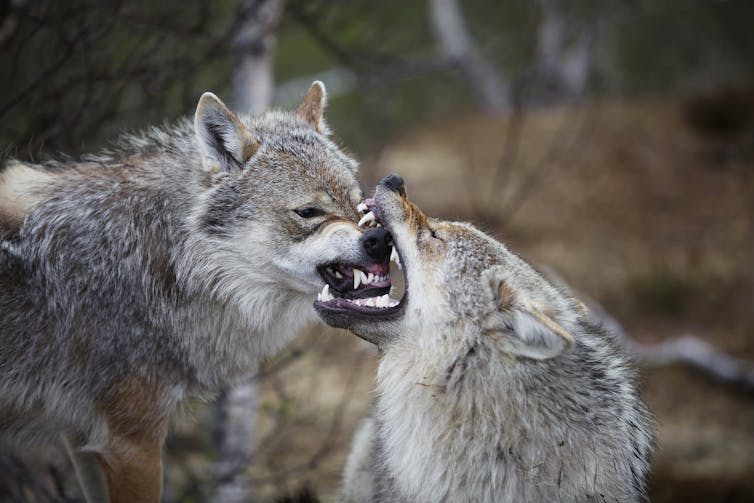By Peter Gooding, University of Essex
From coffee table books and social media to popular science lectures, it seems it has has become increasing fashionable for neuroscientists, philosophers and other commentators to tell anyone that will listen that free will is a myth.
But why is this debate relevant to anyone but a philosophy student keen to impress a potential date? Actually, a growing body of evidence from psychology suggests belief in free will matters enormously for our behavior. It is also becoming clear that how we talk about free will affect whether we believe in it. Continue reading



